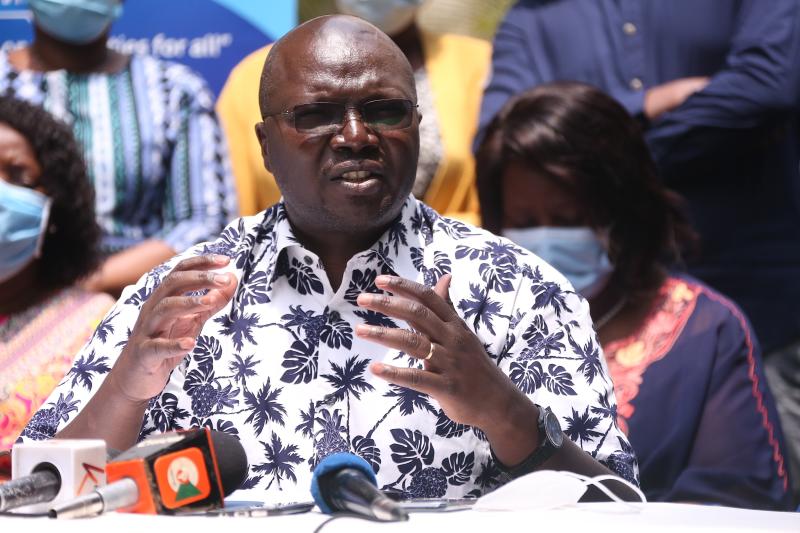×
The Standard e-Paper
Home To Bold Columnists

Labour CS Simon Chelugui. [Collins Oduor, Standard]
The process of creating job centres across the country where people can visit either physically or digitally to access jobs that merit their qualification threshold has begun.